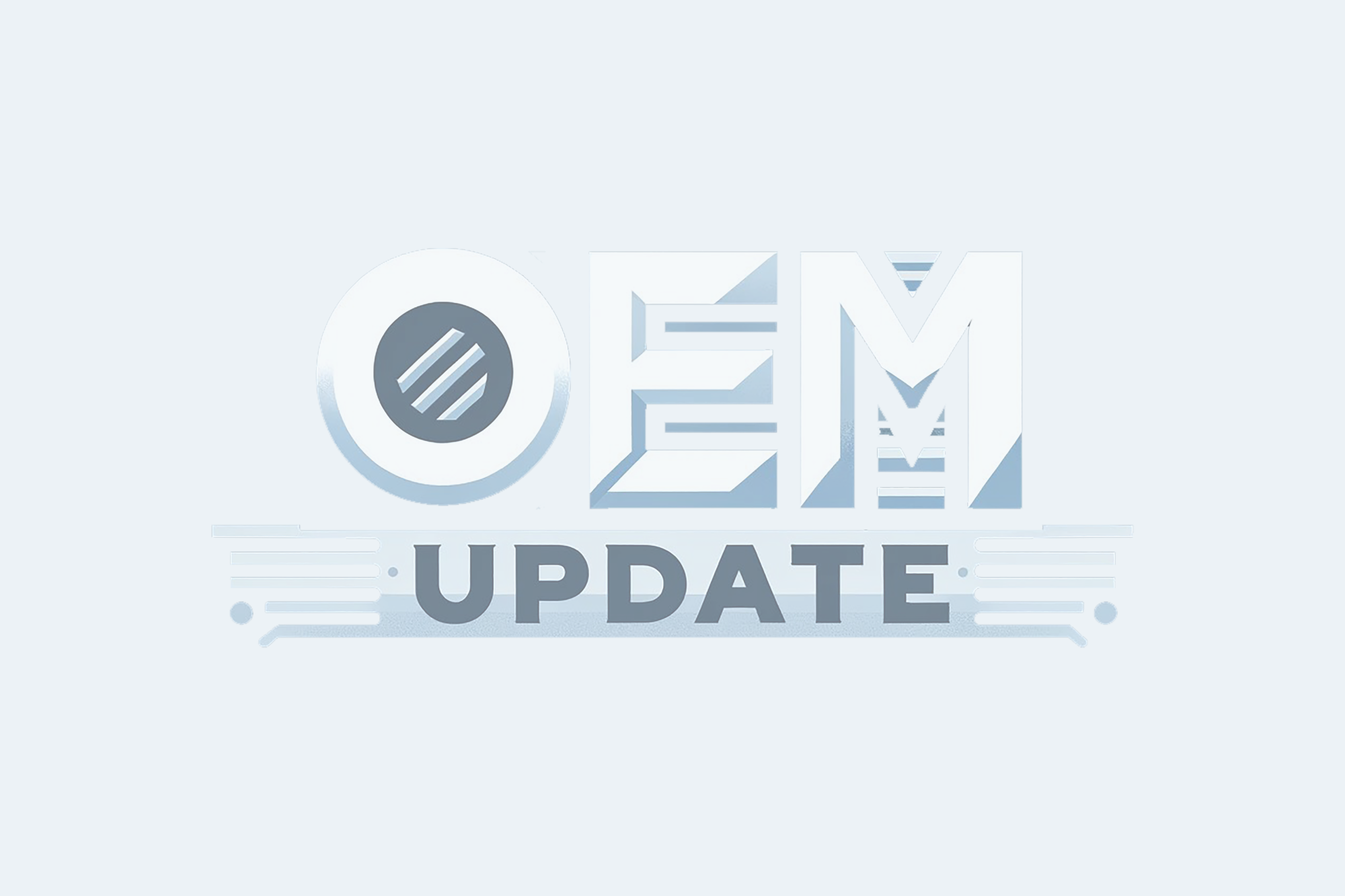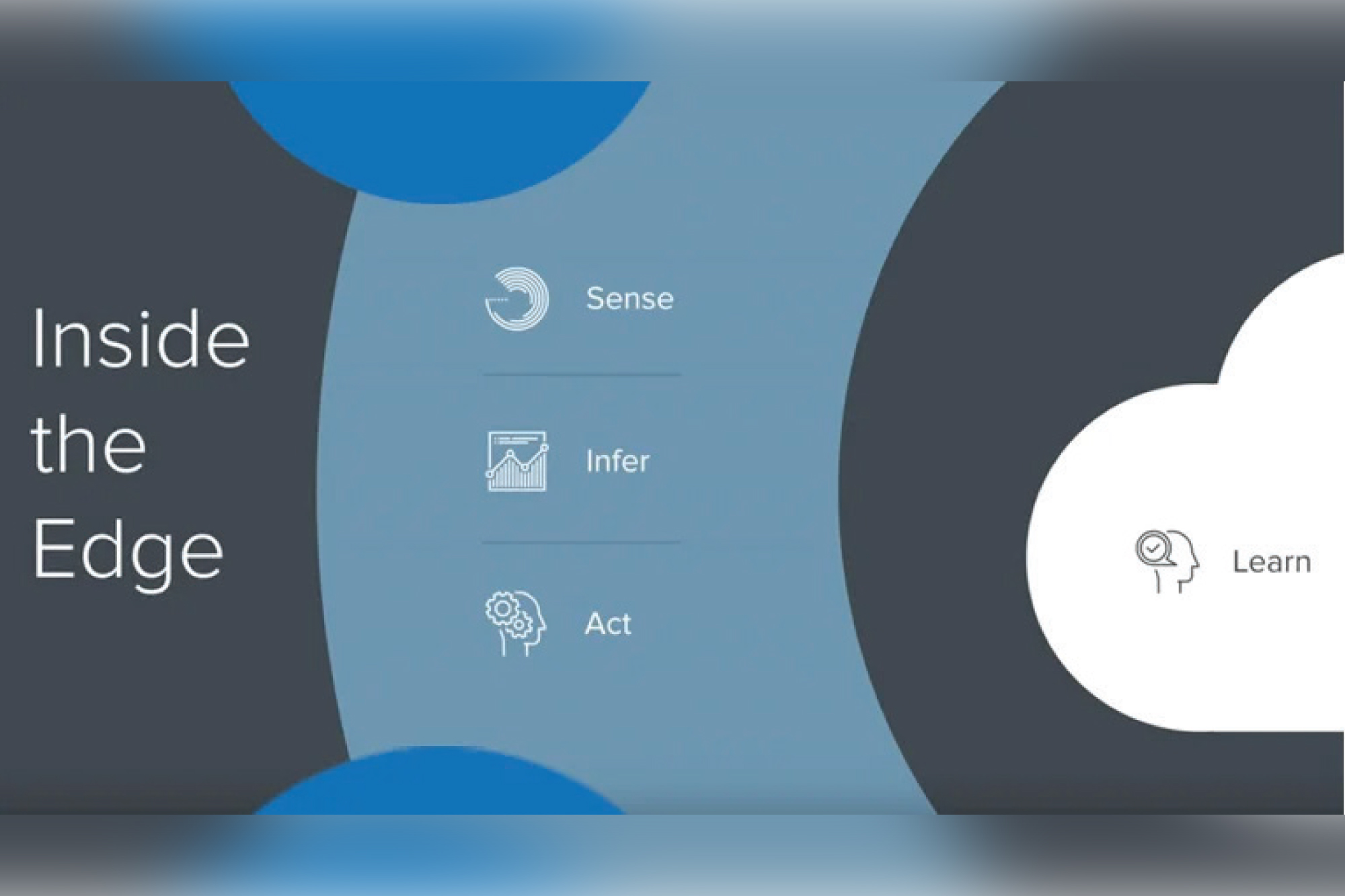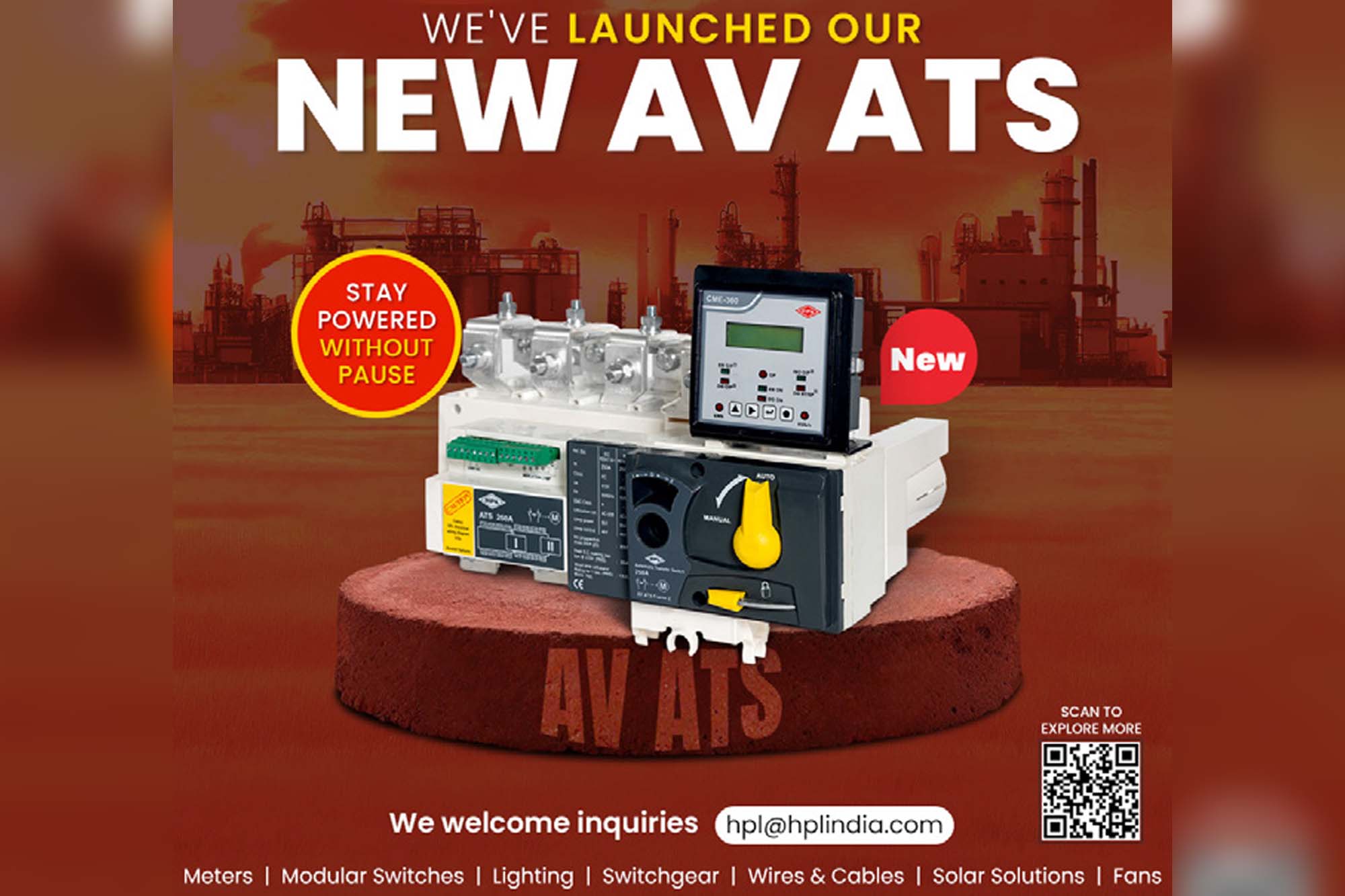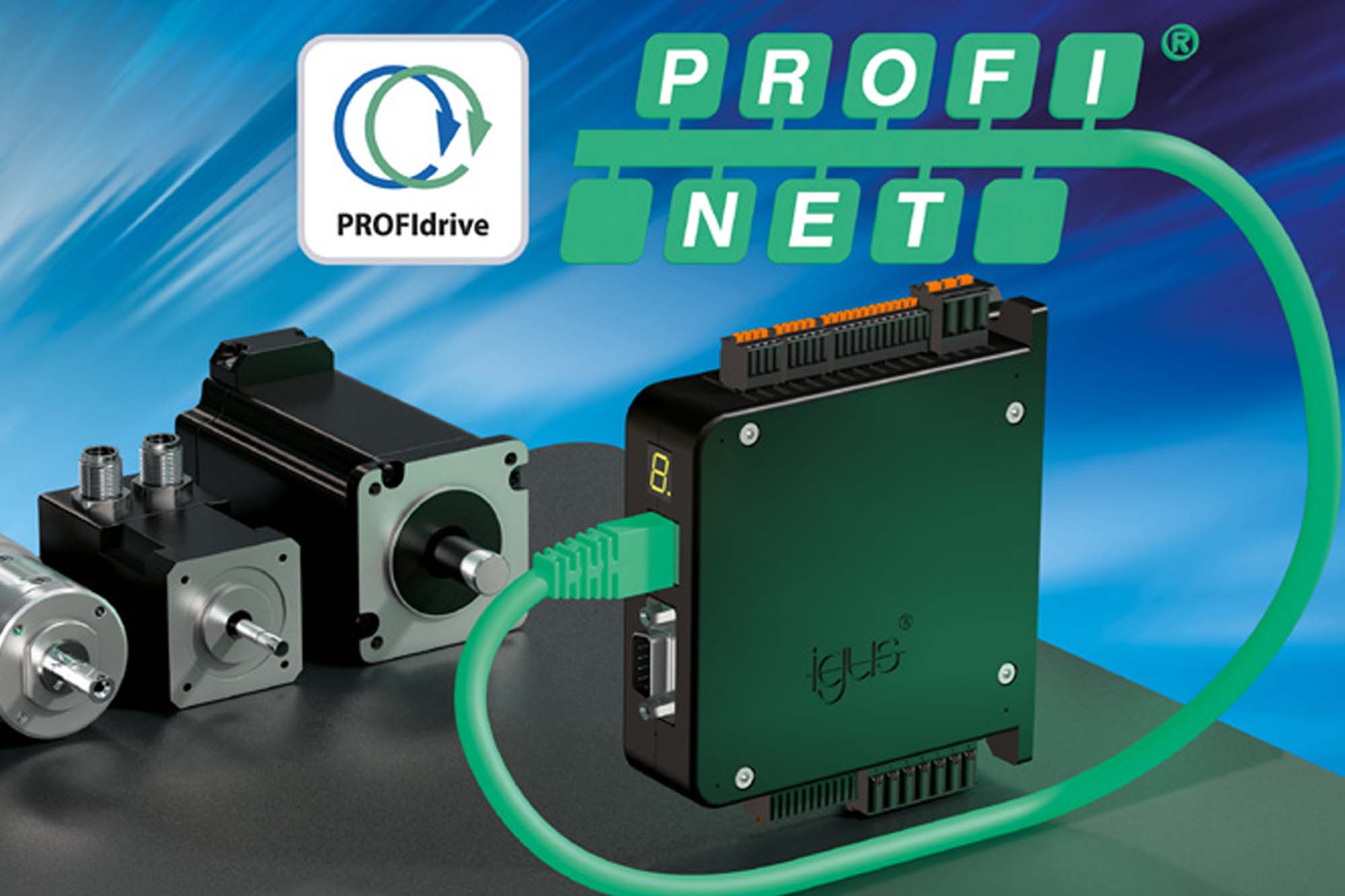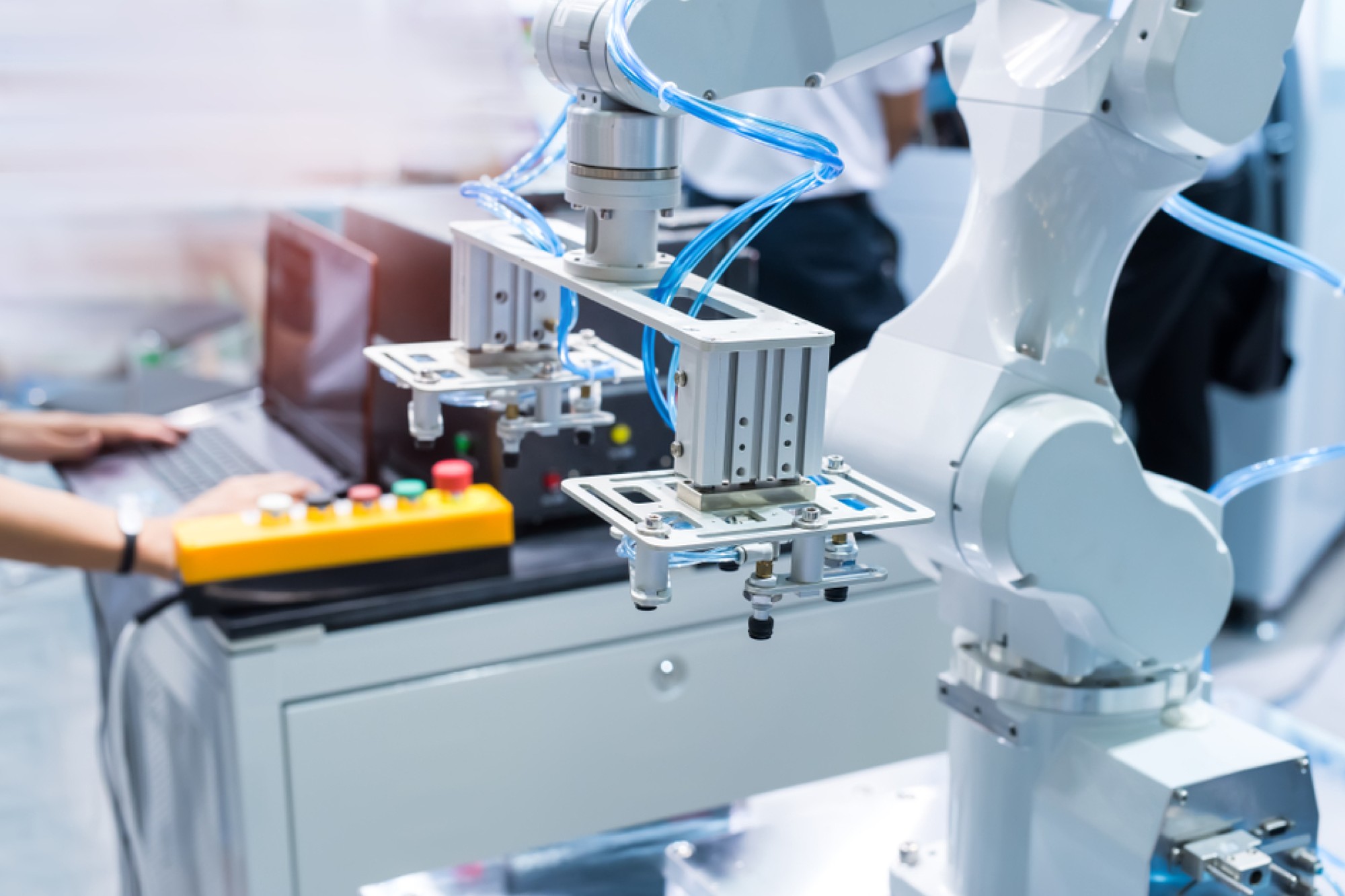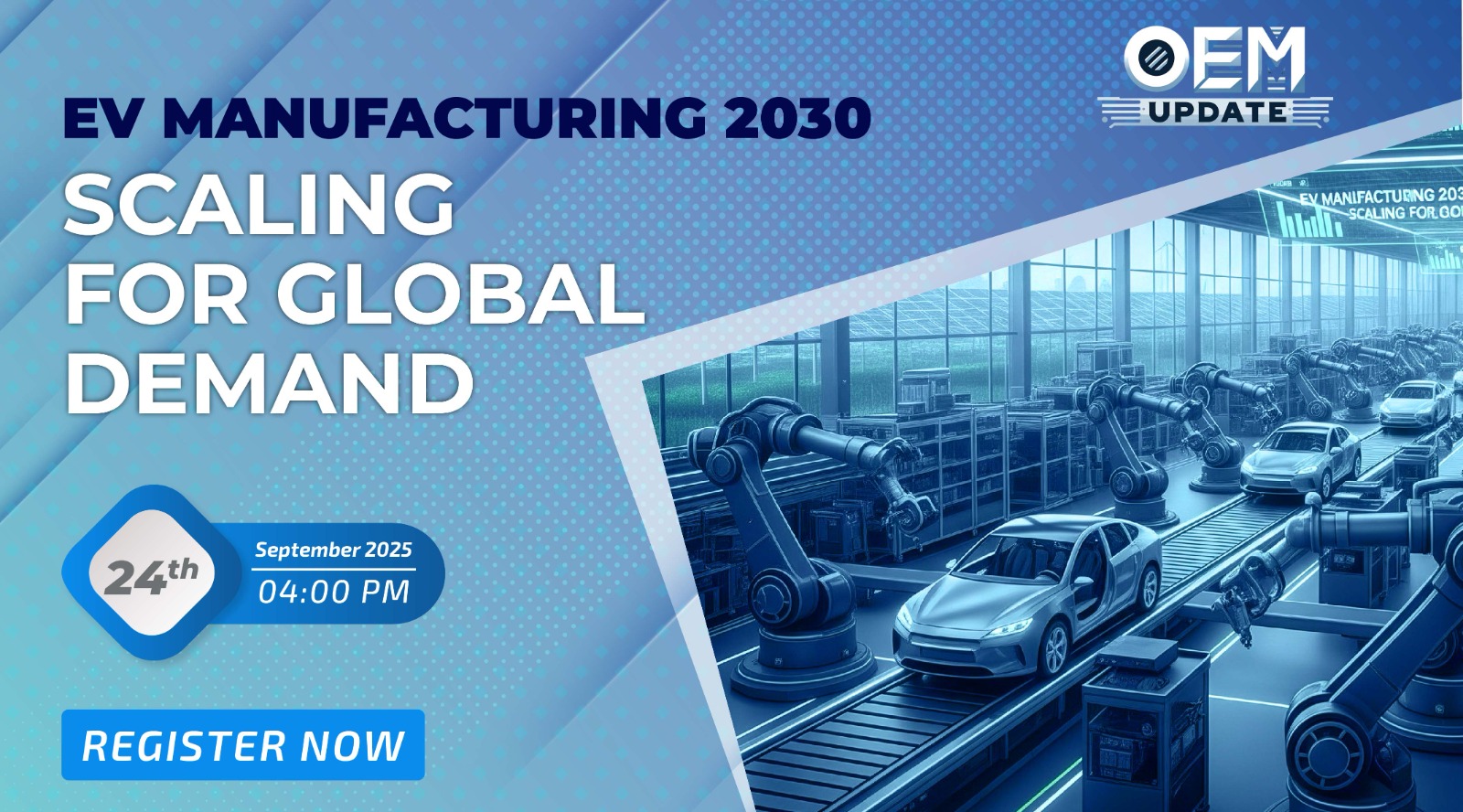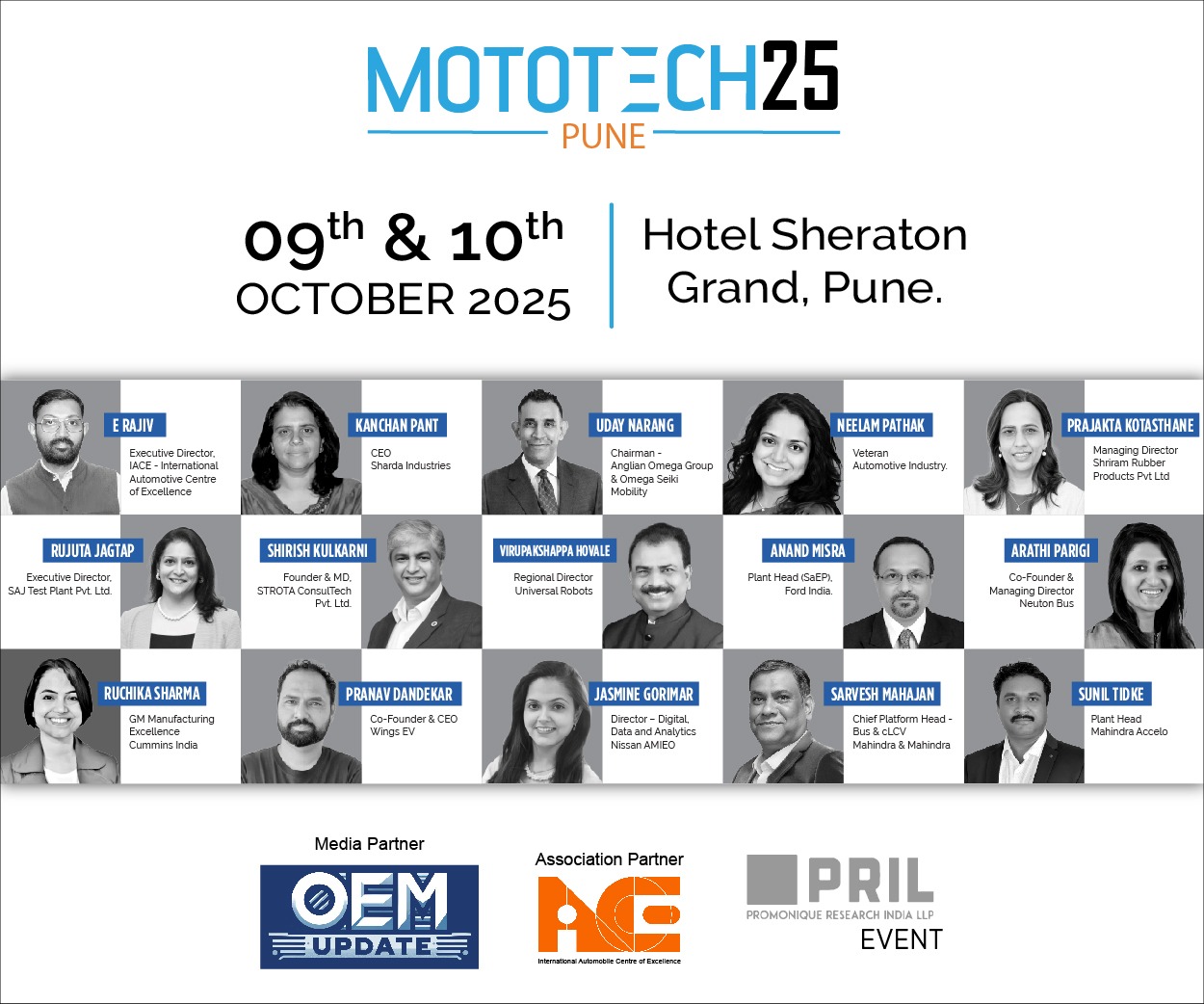The Connected Enterprise
By admin June 23, 2016 4:07 pm IST
The Internet of Things (IoT) is connecting the physical and virtual worlds. It has brought people, processes and equipment together, from sensors and smart devices to entire systems. Connectivity is deepening our understanding of events and sharpening decision-making.
In the US, the Smart Manufacturing Leadership Coalition has focused on implementing ‘21st Century Smart Manufacturing’ best practices. In Germany, the federal government developed Industrie 4.0 to help industries harness the intelligence generated by the IoT to optimise processes, increase efficiencies and spur innovation.
Rockwell Automation shares these visions and calls it ‘The Connected Enterprise’, where seamless collaboration and integration enable one to use the power of real-time data to make better, more profitable business decisions.
The Connected Enterprise consists of industrial operations that are intelligent, optimised, and secure. Central to achieving The Connected Enterprise is the convergence of information technology (IT) and operations technology (OT) into a single unified architecture to capitalise on operational, business and transactional data for improved enterprise, operations and supply chain performance.
BenefitsFollowing are the benefits of The Connected Enterprise:
• Faster time to market: Design productivity, faster commissioning times with intelligent devices, quicker start-ups of Greenfields, proven technology around risk mitigation for operations and IT, and the agility to respond to customer trends more quickly.
• Lower total cost of ownership: Better life-cycle management, enabling more effective operations, improved energy management, and easier technology migration.• Improved asset utilisation and optimisation: Improved reliability and quality, and predictive maintenance driven by operational intelligence tools.
5 Stages
The five stages of The Connected Enterprise is: 1. Assessment: Conducting a baseline assessment is a critical first step. Take into account an operation’s current and future states, and consider goals regarding quality, downtime, productivity and overall equipment effectiveness (OEE), among other things. Identify key objectives, problems and metrics that need addressing, and examine where greater efficiencies can be sought.
2. Secure & Upgrade: As a result of the assessment stage, weaknesses may be identified in the current networks and operations. Implementation plans and upgrades begin with a long-term view that contemplates facility expansions and new technologies. Essential to these upgrades is the establishment of an IT/OT backbone that will deliver secure, adaptable connectivity from operations to business systems.
3. Working Data Capital: The Connected Enterprise resolves the many problems that companies experience with their operational data. A key concern is being able to separate the ‘good’ data from the ‘bad’ data, or how to convert data into meaningful information. Manual reporting can be cumbersome to produce, prone to human error and may not provide information in the time required. Collaboration with other locations, suppliers and customers in the form of information sharing, may also be compromised.
4. Analytics: Data and analytics are central to collaboration, improved decision-making and meeting customer needs more precisely. By analysing real-time production data, hidden inefficiencies can be discovered, and changes implemented faster to improve productivity and product quality, and overall customer service.
5. Optimise & Collaborate: New IoT technologies incorporate powerful tools to help drive easier, more scalable and more flexible converged systems than ever before. These are enhanced by more scalable computing options on the edge of the plant and within the cloud.
Every manufacturer and industrial operator will enter and progress through the stages of The Connected Enterprise execution model that is most appropriate for it, at a pace determined by its own needs, infrastructure, readiness, and resources
Cookie Consent
We use cookies to personalize your experience. By continuing to visit this website you agree to our Terms & Conditions, Privacy Policy and Cookie Policy.



